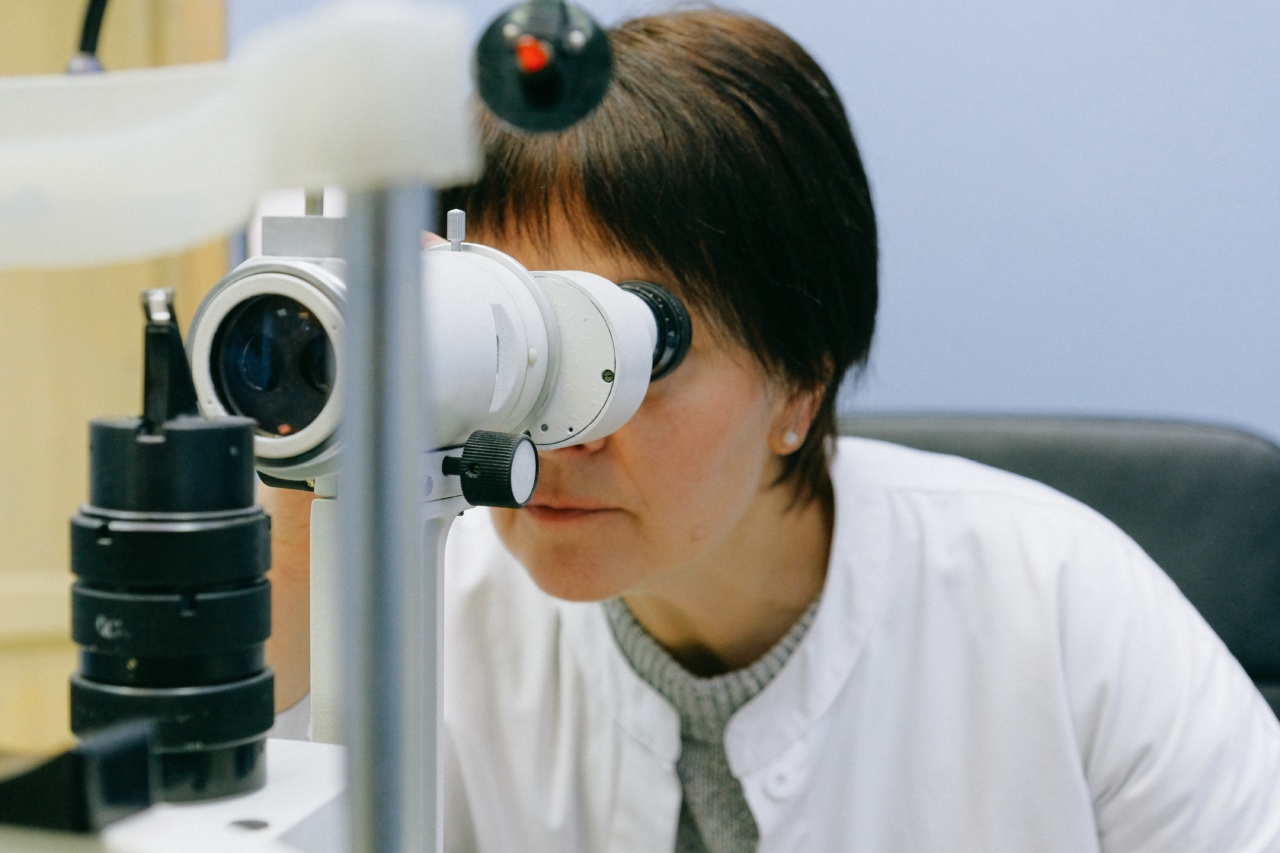Alzheimer’s disease is a progressive neurodegenerative disorder that affects millions of people worldwide. It is characterized by the gradual decline in cognitive function, memory loss, and the impairment of daily activities.
Early detection and diagnosis of Alzheimer’s are crucial for providing timely intervention and better management of the disease. Extensive examination methods have been developed to predict Alzheimer’s in its early stages, allowing for early intervention and monitoring of the progression of the disease.
What is Alzheimer’s Disease?
Alzheimer’s disease is the most common cause of dementia, accounting for around 60-70% of all cases. It is named after Dr. Alois Alzheimer, who first identified the disease in 1906.
Alzheimer’s primarily affects older individuals, usually above the age of 65. However, there are also cases of early-onset Alzheimer’s that can occur in individuals in their 40s or 50s.
Signs and Symptoms of Alzheimer’s
Alzheimer’s disease is a progressive condition, meaning it worsens over time. The initial signs and symptoms may be subtle, but as the disease progresses, they become more apparent. Common signs and symptoms of Alzheimer’s include:.
- Memory loss that disrupts daily life
- Difficulty in planning or problem-solving
- Confusion with time or place
- Trouble completing familiar tasks
- Language and communication problems
- Changes in mood and personality
- Withdrawal from work or social activities
The Importance of Early Prediction
Early prediction of Alzheimer’s disease allows for timely intervention and disease management, providing the best possible care for individuals affected by the condition.
If detected early, patients and their families can make informed decisions about their future, access support services, and potentially benefit from available treatments that may slow down the disease progression.
1. Genetic Testing
One of the methods used for early prediction of Alzheimer’s is genetic testing. Certain genes have been identified that increase an individual’s risk of developing Alzheimer’s.
These genes include apolipoprotein E (APOE) and the presenilin genes (PSEN1 and PSEN2). Genetic testing can determine if an individual carries these genes, which can help assess their risk of developing the disease.
2. Brain Imaging
Brain imaging techniques such as magnetic resonance imaging (MRI), positron emission tomography (PET), and computed tomography (CT) scans can help detect changes in the brain structure and function associated with Alzheimer’s.
These imaging techniques can identify the presence of beta-amyloid plaques and neurofibrillary tangles, which are hallmark signs of Alzheimer’s disease.
3. Cognitive Assessments
Cognitive assessments evaluate an individual’s cognitive abilities and memory function. These tests can help identify any cognitive decline or impairment, even in the early stages of Alzheimer’s disease.
The Mini-Mental State Examination (MMSE) and the Montreal Cognitive Assessment (MoCA) are commonly used assessments to evaluate cognitive function.
4. Biomarkers and Fluid Analysis
Biomarkers are biological markers in the body that can indicate the presence or progression of a disease.
In the case of Alzheimer’s, biomarkers such as beta-amyloid and tau proteins can be detected in cerebrospinal fluid (CSF) or through blood tests. The analysis of these biomarkers can provide insights into the early stages of the disease.
5. Neuropsychological Testing
Neuropsychological testing involves a comprehensive evaluation of an individual’s cognitive abilities, including memory, attention, language, and problem-solving skills.
These tests provide a more detailed assessment of cognitive function, helping to identify any cognitive deficits associated with Alzheimer’s disease.
6. Machine Learning and Artificial Intelligence
Advancements in machine learning and artificial intelligence have led to the development of algorithms that can analyze large amounts of data and identify patterns indicative of Alzheimer’s disease.
These algorithms can analyze neuroimaging data, genetic information, and cognitive test results to predict the likelihood of developing Alzheimer’s with high accuracy.
Conclusion
Early prediction of Alzheimer’s disease through extensive examination methods is essential for providing timely intervention and management of the disease.
Genetic testing, brain imaging, cognitive assessments, biomarker analysis, neuropsychological testing, and the use of machine learning algorithms have shown promise in predicting Alzheimer’s in its early stages. Further research and advancements in these methods will continue to improve early detection and enable appropriate care and support for individuals affected by this devastating condition.






























